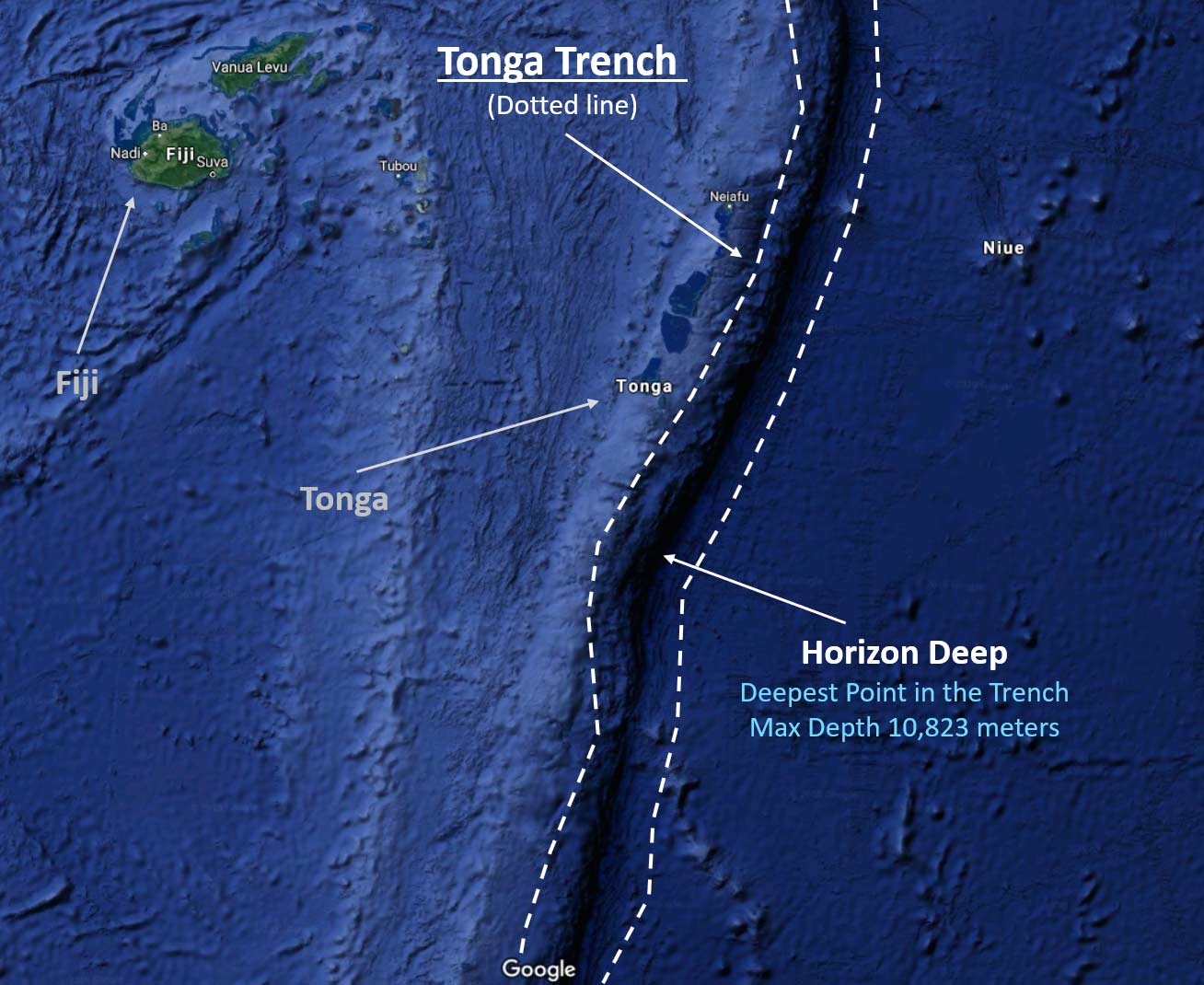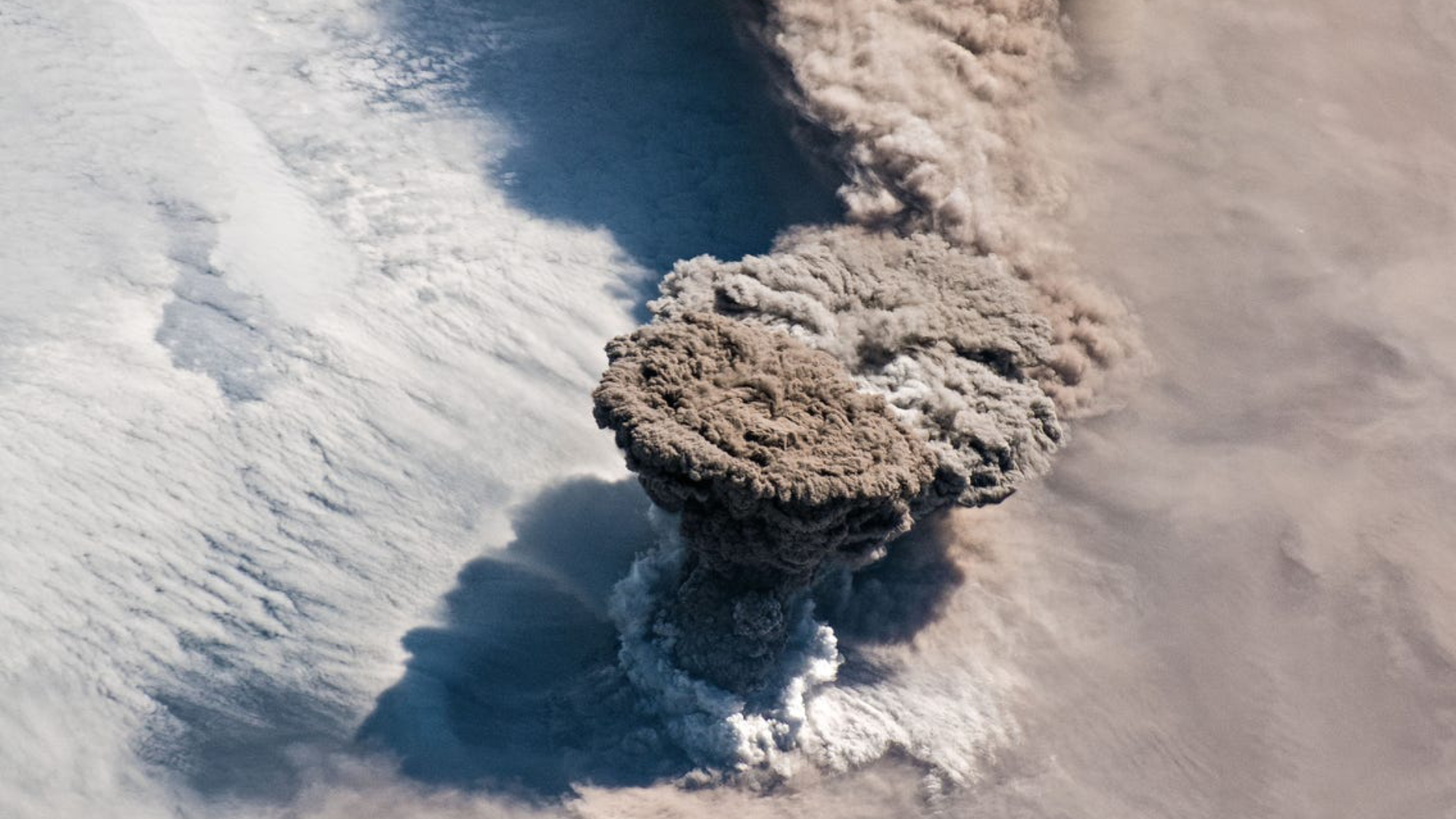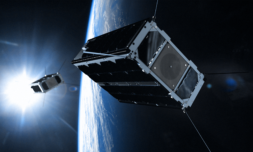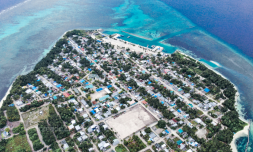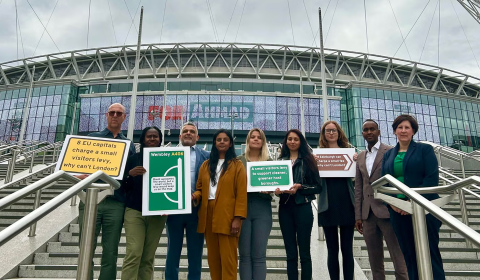Weather experts and scientists were hard-pressed to monitor the event past the initial explosion, as one of the typically visible, sea-level volcanic craters was obscured by thick clouds of ash blocking the satellites’ view.
All communication was lost with Tonga’s residents following the arrival of the subsequent tsunami, which cut local power, phone, and internet lines. It is estimated that normal communication could be down for weeks.
From the small bits of communication and video footage received from Tonga, there have been no reports of mass causalities caused by the giant wave.
However, at least 80,000 people have been affected by serious damage to the western coastline which is home to village residents and a number of hotels and resorts.
Today, both Australia and New Zealand are sending surveillance flights to assess the damage in Tonga and to call on global efforts. Those coming to aid will bring clean drinking water as a priority due to high levels of contamination from volcanic ash in existing water reserves.
With the island covered in a thick layer of ash, many residents of Tonga are still unaware that grey dust is toxic and damaging to breathe in. Until a massive clean-up of the area is achieved, the local government is encouraging citizens to wear masks when outside.
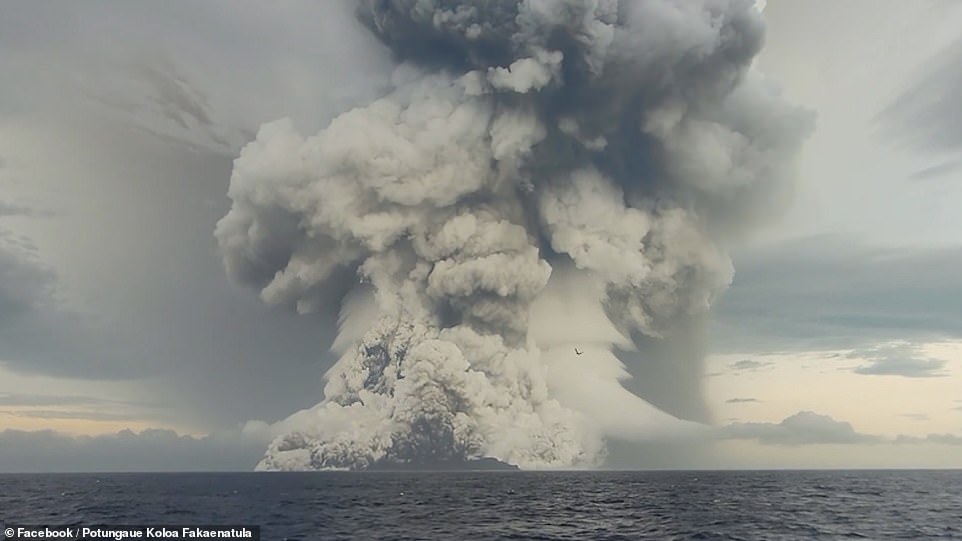
France, America, and several other countries have joined in to initiate a humanitarian response to the natural disaser. Relief efforts will need to start immediately, though this process will be slowed significantly, as all aid workers will be required to quarantine on arrival to prevent a COVID outbreak.
Experts believe an explosion of this magnitude is something that only occurs once every 1,000 years, so we shouldn’t be expecting this to happen again soon – at least not from the same volcano.
In the meantime, the world awaits updates from remote Tonga as communication is slowly restored, the thick ash begins to dissipate, and international aid groups arrive on the ground to help.
